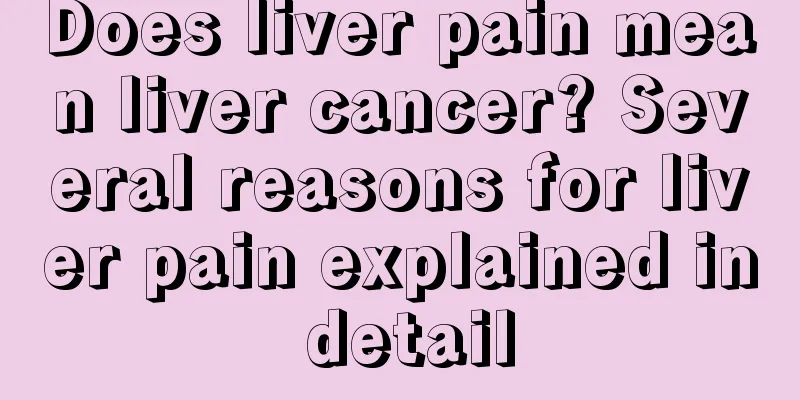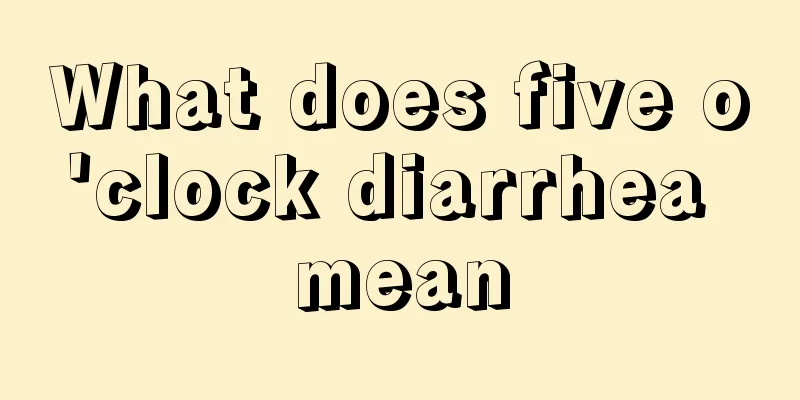Total bilirubin 27

|
Total bilirubin is a very important indicator for testing our liver function. When jaundice occurs in the body, the level of total bilirubin also needs to be tested. Total bilirubin generally rises, and is combined with other indicators to determine possible problems with the body. But as ordinary people, many of us cannot analyze our own physical condition through the bilirubin values. So, is total bilirubin 27 high? Let’s take a look below. The normal value is 1.7-17.1μmol/L (0.1mg/dl~1.0mg/dl). Total bilirubin 27 is high. If the bilirubin level is slightly elevated, a detailed examination should be conducted to determine the cause, such as whether it is a liver or gallbladder disease, and active treatment should be given. If all examinations are normal, it may be idiopathic hyperbilirubinemia, and traditional Chinese medicine such as red peony root, rhubarb, and artemisia capillaris may be used as appropriate. The specific treatment should be guided by the clinical physician. Causes of increase Since total bilirubin is the sum of indirect bilirubin and direct bilirubin, increased indirect bilirubin or increased direct bilirubin will cause increased total bilirubin. 1. Increased total bilirubin and indirect bilirubin: When suffering from hemolytic jaundice, a large number of red blood cells are destroyed, the indirect bilirubin increases, and exceeds the liver's conversion capacity, causing the indirect bilirubin to remain in the blood, thereby causing an increase in total bilirubin. It is generally common in diseases such as hemolytic jaundice, blood transfusion reactions due to blood type incompatibility, and neonatal jaundice. 2. Increased total bilirubin and increased direct bilirubin: If there is a problem with the bile duct, the direct bilirubin cannot be completely discharged into the intestine, but flows back into the blood, causing increased direct bilirubin in the serum. The total bilirubin will also increase, thus causing infarct-negative jaundice. Increased total bilirubin caused by this type of reason is common in biliary diseases such as cholecystitis and cholelithiasis. 3. Elevated total bilirubin, as well as elevated direct and indirect bilirubin: If there is a problem with the liver, that is, liver cells are damaged, the liver's ability to convert indirect bilirubin into direct bilirubin decreases. This will cause both direct and indirect bilirubin to be high at the same time, and the total bilirubin will also be high, which is hepatocellular jaundice. When you suffer from liver diseases such as acute icteric hepatitis, acute yellow liver necrosis, chronic active hepatitis, cirrhosis, etc., the total bilirubin will increase. |
<<: Sequelae of femoral head necrosis replacement
>>: How to treat the sequelae of masturbation
Recommend
Is advanced bone cancer contagious?
Advanced bone cancer is not contagious. Family me...
Quick relief for itchy gums
Everyone's dental condition is different. Som...
Treatment of foveolar epithelial hyperplasia
In life, some patients are troubled by foveal epi...
What are the early symptoms of cardia cancer? Be careful if you have these symptoms
The cardia refers to the interface between the es...
How much does it cost to treat pancreatic cancer
How much does it cost to treat pancreatic cancer?...
What are the bisphosphonates?
When women reach around 50 years old, as the estr...
The benefits of wearing agarwood
I believe everyone must be very familiar with aga...
What is the best way to diagnose liver cancer? Introduction to the best diagnostic method for liver cancer
Liver cancer is currently a tumor disease that po...
Washing your hair with vinegar will make it straight and smooth
Vinegar is a common kitchen condiment in our live...
Do more muscles mean more strength?
The idea that the more muscles you have, the stro...
What foods help blood circulation?
When the blood circulation in our body is not smo...
What to do if you feel stomach discomfort after eating too many apricots
Apricot is a very popular fruit because of its un...
Exercises to improve cardiopulmonary function
Our cardiopulmonary function is very important to...
What causes tears in the eyes when exposed to wind?
Tearing eyes may be a problem with the tear gland...
What is the recurrence rate after hemisection of thyroid cancer?
The recurrence rate after hemisection of thyroid ...









